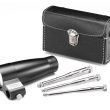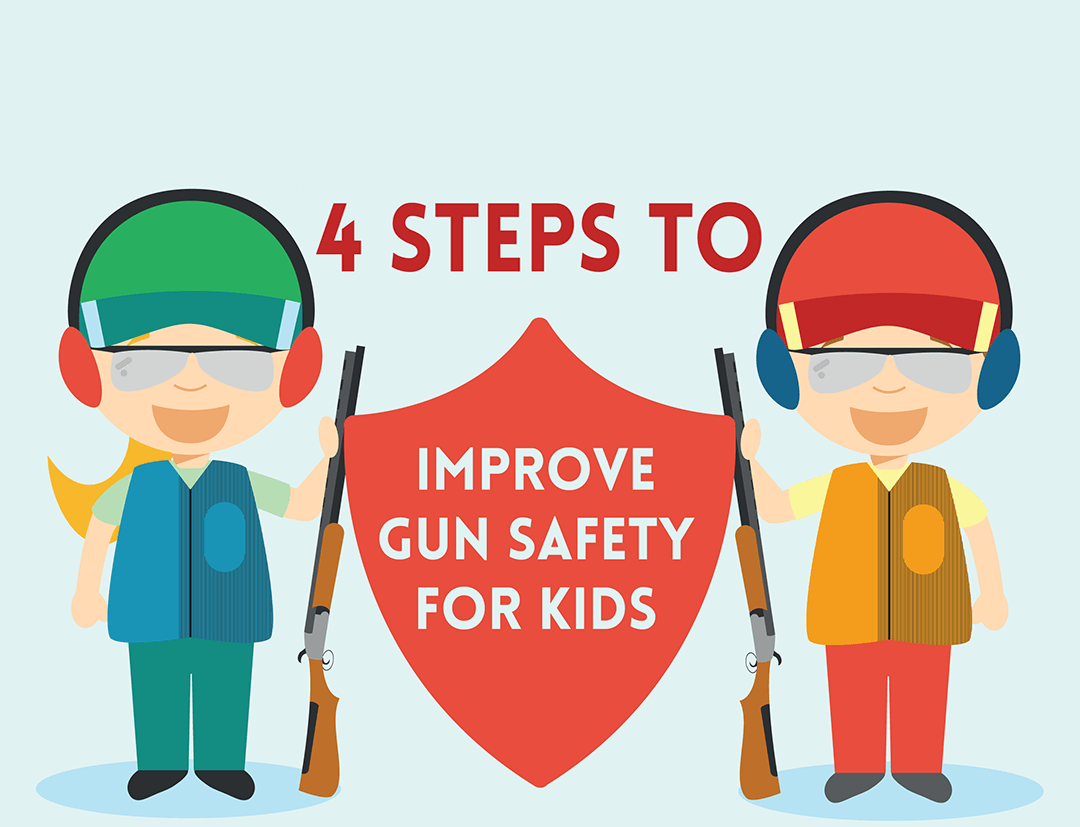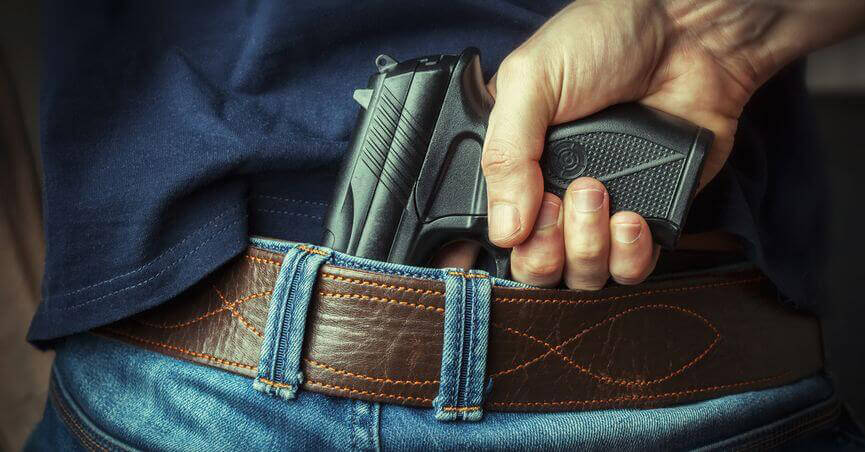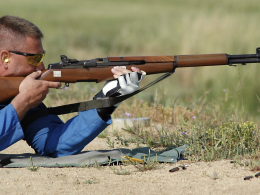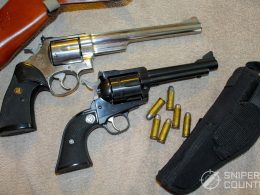Being a gun enthusiast can be a thrilling experience, and part of the thrill comes from imparting your knowledge to the little ones in your life, be it your kids, grandkids, nieces, or nephews. However, it’s crucial that they learn the vital safety rules and understand the serious responsibilities that come with handling firearms. This way, they’re not only safeguarded from potential accidents, but they also grow to become responsible gun owners themselves.
Some very important rules and safety requirements are crucial to raising a future responsible gunowner. Even more important, you want to establishment firm rules about handling guns now to avoid serious injury, and even death, to your child and others.
Just as you’ve taught your child not to play with matches, you must also pass along the non-negotiable responsibilities that come with owning or even holding a loaded weapon.
To start with, let’s set the scene with some facts. Did you know there are around 113 guns for every 100 people in the U.S.? And that a third of all handguns are kept loaded and unlocked?
This tells us that a gun-owner likely has more than one gun somewhere in their home; A friend’s parent may keep a rifle over the mantle, but there is likely a pistol kept away in a drawer as well. Predictably, the majority of unintentional shooting deaths amongst children occur at home.
Highlighting these facts to ourselves and others around us will promote gun safety awareness and the importance of teaching our children that owning a weapon is no laughing matter.
Being active in the gun culture can be a lot of fun, but you should be aware of the responsibility that comes along with it.
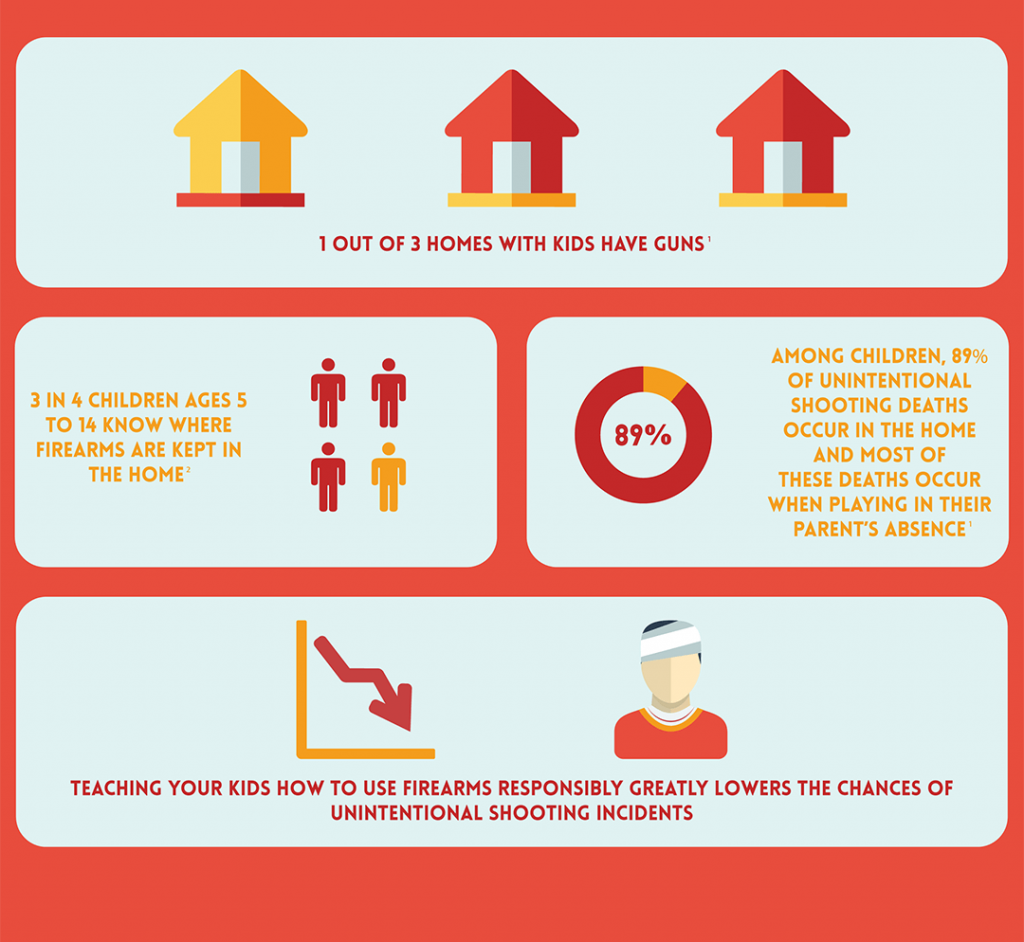
Deciding when to introduce your child to firearms can be tricky, as all kids mature at different rates. Watch your child closely as they play and learn, to gauge their cognitive development and ability to absorb new information.
A good rule of thumb is that the reward for completing a lesson is getting to learn the next step – one step closer to actually firing a gun! Assess your child by asking yourself the following questions:
- Is my child interested in the gun safety I’m teaching them?
- Does my child follow directions and accept correction when given?
- Is my child demonstrating responsibility when they’re not being supervised or only when they are being watched?
The answers to these questions will, in most cases, be a good indication that your child is ready or not to graduate to the next step of learning.
ALWAYS SUPERVISE YOUR CHILDREN WHILE THEY HANDLE FIREARMS IN ANY FORM
4 Step Guide to Gun Safety for Kids
Step 1: Acquainting with Firearms
Start by giving your child a toy gun as early as three years old, and teach them how to handle it safely.
Teach that guns should never be pointed at a person, even when playing. A gun can hurt or kill, and we don’t want to hurt our friends and family.
Always put the toy gun in a safe place when it’s not being used. This could be in a box that is set on a shelf or in a drawer.
Aside from handling their own guns, teach what your child should do when they encounter a gun that isn’t theirs. Eddie Eagle is a fantastic NRA resource that teaches four basic steps for children when finding a gun that doesn’t belong to them:
- Stop! Remain still until you remember the next three steps and you know what to do.
- Don’t touch! Never, ever, touch a gun that doesn’t belong to you.
- Run away! Avoid the temptation of touching the gun, and go to another room to stay away from danger.
- Tell a grown-up! Tell an adult where the gun is right away, so they can properly put it away. Find a trustworthy parent, relative, neighbor, or teacher. Never tell a stranger.
Even if there are no guns in your own home, these lessons are vital for all children to learn as commonly as they learn not to touch things on the stove².
Step 2: Learning Gun Maintenance
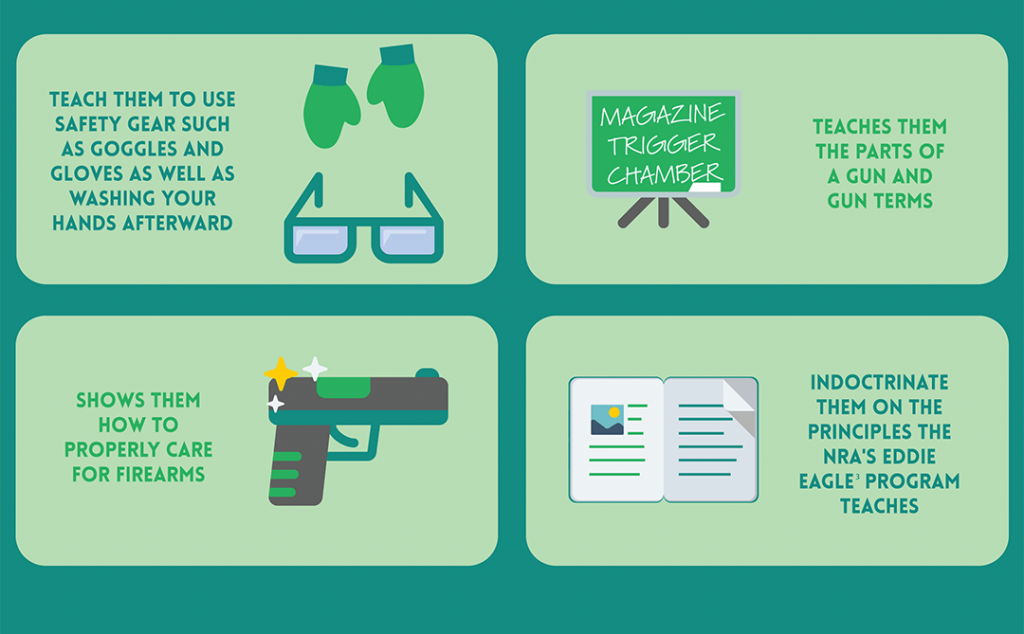
Once your child is comfortable with a toy gun, it’s time to introduce a real one—but only for cleaning purposes. This gives them a chance to learn about the different parts of a gun and how to maintain it. Demonstrate cleaning a firearm while they watch, and ensure both of you have the right safety gear on.
After cleaning your gun, with your child watching every step, reassemble it, and safely store it in its proper place. Clean all utensils and your maintenance area, and wash your hands together. Continue this until your child can explain the process themselves.
Step 3: Practicing Shooting
It may not be time to shoot a real gun just yet, but practicing with an air rifle is a responsible way to put the lessons taught thus far into use!
Gift your child with an air rifle, and have them accompany you on a field trip. Leave the air rifle unloaded, but bring along some pellets to fire at the end of the lesson³. It is also time to teach “The Four Rulesâ€, every time you handle a firearm – no matter who you are with or where you are:
- Treat all guns as if they are loaded.
- Don’t point a gun at something unless you intend to destroy it.
- Keep your finger off the trigger until you are ready to shoot.
- Know what your target is and what is beyond it¹.
Explain everything you are doing. This will teach them the correct habits for safety protocol, shooting technique, and determining range.
It is also important to show the bullet holes in the targets³ . This is a real-life experience that gives your child the opportunity to see what damage a gun can do up close and personally.
Once your child can always accompany you with their own air rifle, and responsibly carry and use it at all times, they are ready for the next lesson.
Step 4: The Big Step
When you’re confident in your child’s understanding of gun safety, it’s time for their first gun. A .22 rifle is a popular choice for a first firearm. Make it a memorable moment—maybe tie it in with a birthday or holiday.
Ensure they understand that it’s their responsibility to clean and maintain the rifle, and that it should always be stored safely when not in use. As they continue to demonstrate responsibility and capability, you can gradually allow them to handle larger caliber guns.
This might seem like a lot to take in, but remember, this information will be absorbed over the years. Be sure to have a good understanding yourself before passing on the knowledge to your child.
The end goal is to raise a future gun owner who is responsible, safety-conscious, and appreciates the privilege of owning a firearm.
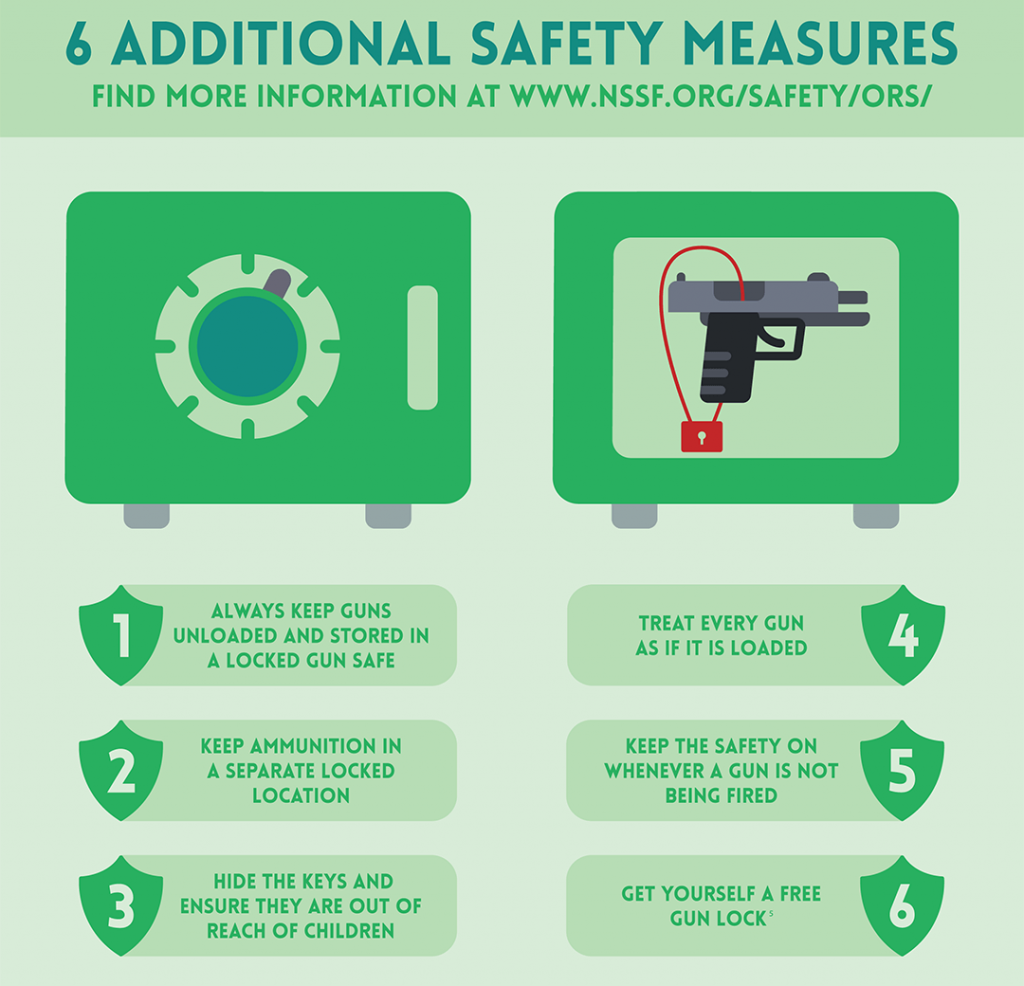
Get yourself a free safety kit provided by Project ChildSafe, click here for more information.
Sources
1. www.corneredcat.com/article/firearms-safety/the-four-rules/
2. eddieeagle.nra.org/
3. https://www.fieldandstream.com/5-gun-safety-basics/
4. injury.research.chop.edu/violence-prevention-initiative/…
5. http://www.projectchildsafe.org/safety/get-a-safety-kit

